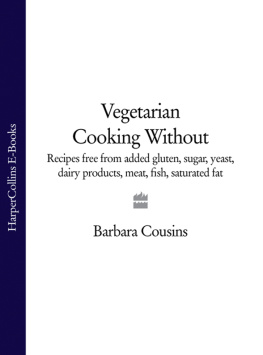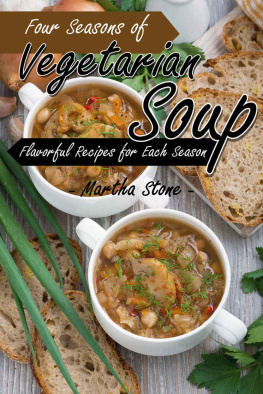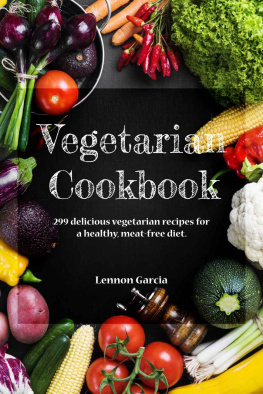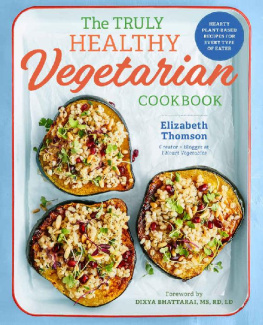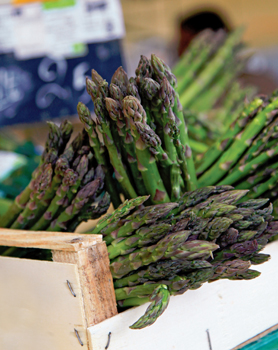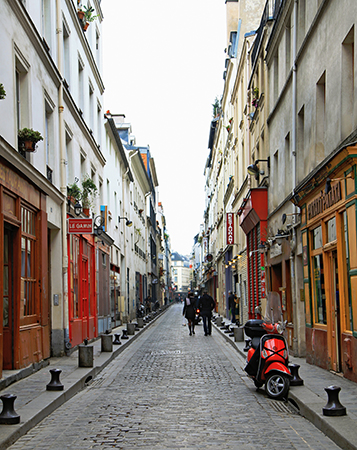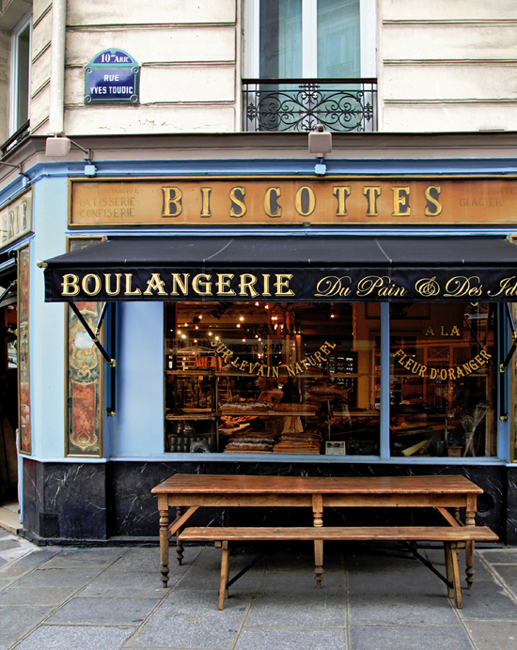Also by Clotilde Dusoulier
Chocolate & Zucchini
Clotildes Edible
Adventures in Paris
Copyright 2013 by Clotilde Dusoulier
Recipe photographs copyright 2013 by Franoise Nicol
Paris and market photographs copyright 2013 by Emilie Guelpa
All rights reserved.
Published in the United States by Clarkson Potter/Publishers, an imprint of the Crown Publishing Group, a division of Random House, Inc., New York.
www.crownpublishing.com
www.clarksonpotter.com
CLARKSON POTTER is a trademark and POTTER with colophon is a registered trademark of Random House, Inc.
Library of Congress Cataloging-in-Publication Data is available upon request.
eISBN: 978-0-307-98483-8
Paperback ISBN: 978-0-307-98482-1
Book design by Rae Ann Spitzenberger
Front cover photography Maridav (background) and ingwervanille (food)
Food styling by Virginie Michelin
v3.1
For Milan,
who came along for the ride
Contents
ABOUT THIS BOOK
propos de ce livre
I am a resolutely vegetable-oriented cook. I grew up in a family in which the seasonality of produce was such a cause for celebration that we made a wish every time we ate the first cherry, or the first pear or grape, of the season. To this day, the ebb and flow of the seasons moves me, and nothing makes my heart flutter like the first, and the last, of any fruit or vegetable.
Ever since I started to cook in my early twenties, having freshly moved out of my parents house in Paris to work in California, meal planning has always begun with the question, Whats in the vegetable bin? or What looks good at the farmers market?
Gradually, over the past few years, meat and fish have become a smaller part of the equation as my combined interests in food, health, and the environment have led me to adopt a flexitarian diet: one that is predominantly vegetarian, with limited use of dairy products, and only occasional consumption of meat and fish.
It is not an easy stance to assume in France.
In classic French cuisine, as for most French home cooks, animal protein re- mains the foundation on which a meal is constructed; take it away and everything collapses.
But there is a lot more to French food than classic French cuisine; there is re- gional cooking, too, as developed over the centuries in each of Frances provinces. These diverse cuisines reflect the typical peasant diet, high in plant-based foods and resourceful about using the local bounty, which varies widely, a function of different climates and geographical constraints.
Fortunately, a new generation of French chefs is devoting an increasing amount of attention to the vegetables they cook with; some of them care so much theyve started their own vegetable gardens to follow their produce from seed to plate. And as other cooks and eaters are choosing to distance themselves from the domination of animal protein and explore alternatives, we are all coming to the same realization: This way of eating is not a limitation but rather a broadening of our food horizon, prompting us to discover new flavors and techniques.
In this book I offer my take on the love affair between French cuisine and vegetables. The colorful seasonal dishes I feature draw upon the regional French repertoire, borrow ideas from restaurant meals Ive enjoyed, and combine them with my own inspirations, sparked by appetite or opportunity.
Whatever your food philosophy, whether youre an omnivore, a lessmeatarian (a term coined by writer Mark Bittman), a flexitarian, a vegetarian, or a vegan, I hope youll grab an apron, join me by the stove, and help me chop some herbs as I tell you about these dishes.
HOW TO SHOP FOR PRODUCE
If you work with glowingly fresh, seasonally grown produce, the cooking process will feel natural and effortless and youll be rewarded with vibrant flavors and appetizing looks. Thats a promise.
If, on the other hand, you make do with mass-cultivated produce thats been grown out of season, pumped with chemicals, picked before its had a chance to ripen, and driven or flown in refrigerated containers for a great distance, no amount of cooking skills can fix that situation.
Thats why learning how to cook should really begin with learning how to shop.
First identify the best source of produce available to you. If you have access to a farmers market or a community-supported agriculture (CSA) delivery ser- vice, or if youre able to grow some of your own produce, youre in luck. If not, it is worth exploring different grocery stores in your area to see which stock the freshest produce. Dont hesitate to express your wishes to the store manager; it may not change the situation overnight, but at least youll have done your part.
About the use (or overuse) of cheese
Its not hard to come up with hearty meatless dishes that are made substantial by simply slapping on a hefty dose of cheesy goodness. But it is not a creative way to envision a plant-based meal nor is it desirable from a nutritional perspective, so I have chosen to highlight recipes that go easy on the cheese.
Whatever the source, the key to shopping for produce is to avoid going with a list that you follow rigidly. Instead, go with your eyes and mind wide open and let yourself be surprised and seduced by the ingredients. Browse around, see what looks good and fresh and vibrant, and pick that up. Once youre home, youll figure out how best to prepare it.
Throughout the book Ive included advice on how to select specific vegetables. Even if you feel youre an inexperienced produce shopper, youll soon learn to trust your sight and your touch. Think of selecting flowers at the florist: You can tell the difference between a recently cut, glowingly fresh peony and one thats a few days old, its petals fraying at the edges, its head lolling to the side. Right? Well, its not so different here: Seek out vegetables that look perky and alert, with intense colors and no discolored or soft spots.
There is one nonnegotiable caveat, whether or not you shop intuitively: You need to buy a combination of produce that keeps and produce that doesnt. If you go on a weekly produce run, which is ideal, you should aim to buy two to three days worth of fragile vegetables and fill the rest of your basket with sturdier ones that will last until the end of the week at least.
Neglecting this rule leads directly to the feelings of guilt and despair that seize all of us when we open the fridge only to be faced with moldy arugula and limp carrots.


